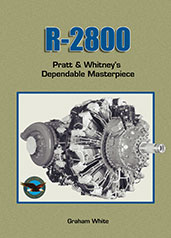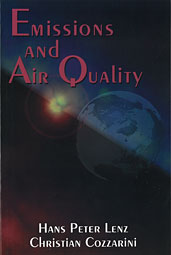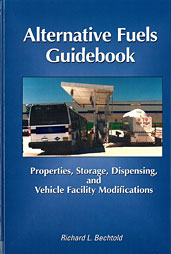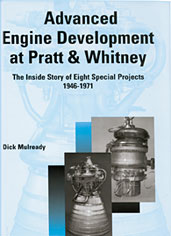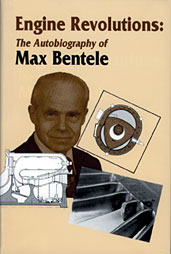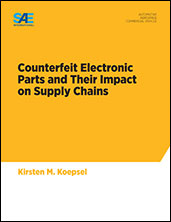Book
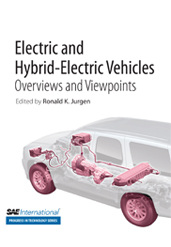
Electric and Hybrid-Electric Vehicles - Overviews and Viewpoints
2010-11-29
With production and planning for new electric vehicles gaining momentum worldwide, this book – the first in a series of five volumes on this subject – provides engineers and researchers with perspectives on the most current and innovative developments regarding electric and hybrid-electric vehicle technology, design considerations, and components. This book features 12 SAE technical papers, published from 2008 through 2010, that provide an overview of research on topics such as: The CO2 benefits of electrification The effects of aggressive driving behavior Heat recovery in hybrid vehicles The impact of drive cycles on PHEV component requirements Energy management strategies using game theory and other approaches




